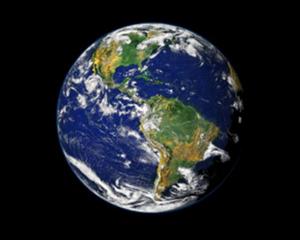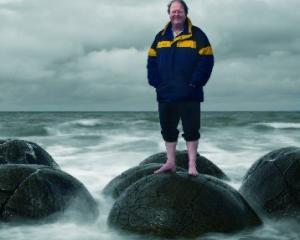American scientists today swooped over New Zealand to take measurements of greenhouse gas levels in its atmosphere.
The data will be used to calibrate past and future measurements by the National Institute of Water and Atmospheric Research's (Niwa) Lauder site in Central Otago.
Measurements from the ground will eventually be able to be compared with satellite data covering huge areas, as well as recordings from the research flights.
The Lauder site is part of the global total carbon column observing network of 14 key sites worldwide, helping scientists better understand the global carbon cycle.
A specially-modified Gulfstream V executive jet today descended from 14,000m to just 300m above Lauder about 4pm, making the most extensive airborne measurement so far of greenhouse gases in the atmosphere.
"The purpose is to find out how the atmosphere is structured, and the distribution of greenhouse gases," said Harvard professor Steve Wofsy, one of the project's primary investigators.
As the USA National Science Centre-owned plane descended over Otago, it was recording a profile of greenhouse gases from the stratosphere down to the Earth's surface.
At the same time, Niwa scientists at Lauder measured the concentration of these gases at the earth's surface and in the air column overhead.
The aircraft was making the second of five trips travelling from pole to pole. Tomorrow it will stop over at Christchurch, then fly a loop over the Southern Ocean before returning to New Zealand.
It climbs and dives in a saw-tooth pattern, between 300m and 14,000m, so researchers sample virtually the entire height of the atmosphere.
"This is the first time that anyone has systematically tried to map the distribution of carbon dioxide and related gases from the Arctic to the Antarctic and from near sea level to the upper atmosphere," said Vidal Salazar, a project manager at the US National Centre for Atmospheric Research (NCAR).
"We're taking a slice of the atmosphere to see what is in it," he said.
Five pole-to-pole flights over three years were giving a picture of how carbon dioxide was distributed globally at different altitudes and during different seasons.
The information will help climate modellers trying to understand Earth's future climates.




